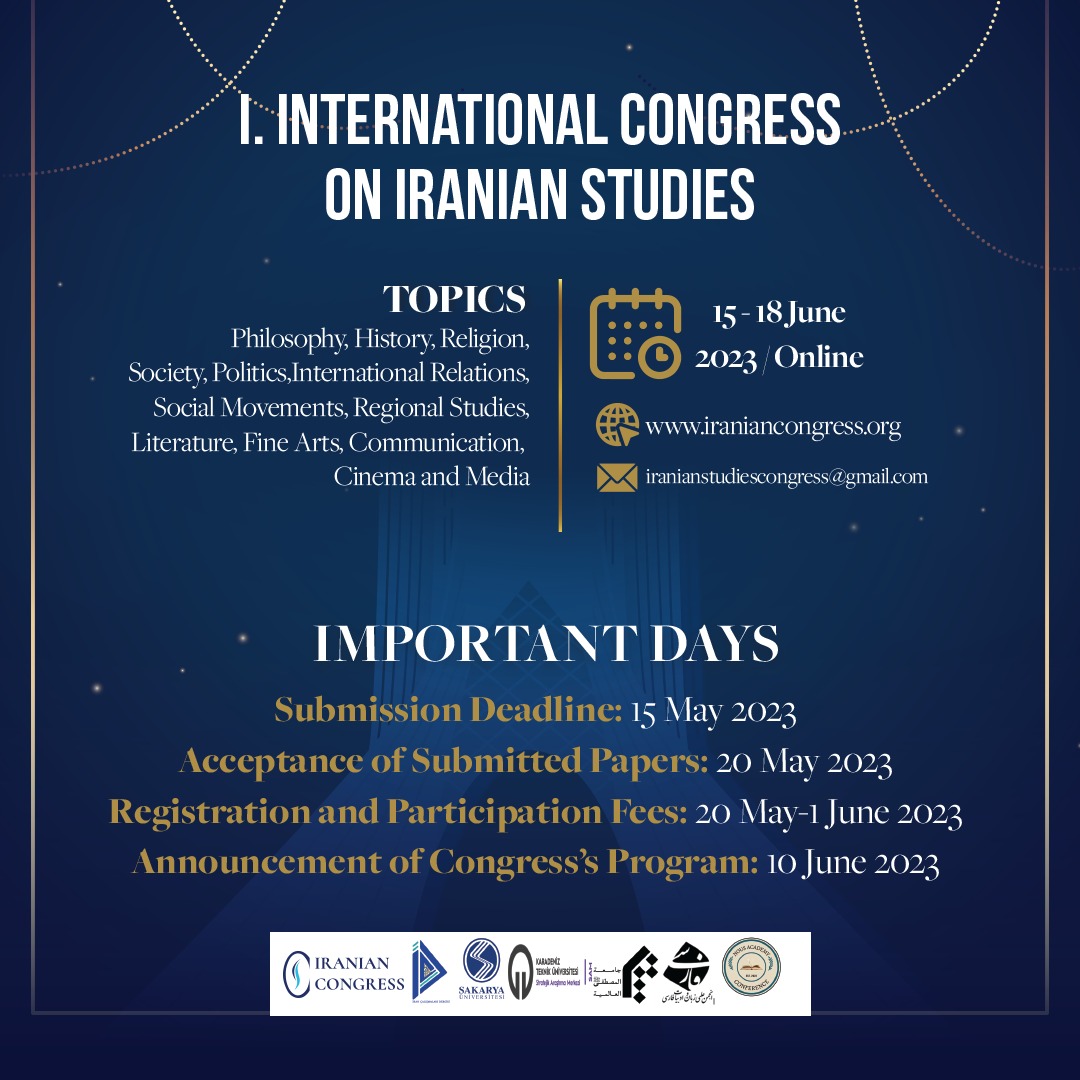An Ethnogenetic, Sociolinguistic and Demographic Analysis of the Khalajs
Abstract
This study is an interdisciplinary research project on Khalajs, who are thought to be one of the first Turkic tribal units to settle in the Greater Khorasan region. The study researched Khalajs starting from ancient times (BCE) until the present era. Moreover, migration routes from the Siberian taiga zone to southern Turkestan, the Iranian Plateau, and the Indian subcontinent were traced, and historically related tribes to the Khalajs are mentioned in this research. Furthermore, research is not only restricted to historical sources; linguistic, genetic, archeologic, demographic, and zoologic sources and data were also used.
In this research, the sources mentioning the name "Khalaj" were used for the etymology of the etnonym, the historical geography of Khalajs (especially Khalajs being in India, which is an interesting subject), and also for their rulers. A lot of data was collected in this research. Due to taking Khalajs' large historical geography, this study is not only interdisciplined but also inter-geographical. That is why both Russian, Chinese, Indian, Arabic, Persian, and Bactrian sources were used in this study, and migration routes were taken from a large perspective. After the first part, where the historical role of Khalajs, their appearance in the scene of history, and their possible origins dating back to the Xioungnu era were examined, the study concentrated on the linguistic and demographic parts, based on the findings of several researchers and the Iranian state’s official data. The unique case of Khalaj in the Turkic language family got examined across borders in Turkology and linguistic disciplines. After the linguistic part, there is the sociolinguistic part, where linguistic and sociologic information get mingled and interpreted together. Migration from the countryside to cities and the Khalaj language not being a literary or educational one are some of the headlines of this part. In this part, predictions on the future of the Khalaj language were discussed, and primarily demographic data were used.
Published
Issue
Section
License
Copyright (c) 2023 IRANIAN CONGRESS

This work is licensed under a Creative Commons Attribution 4.0 International License.


